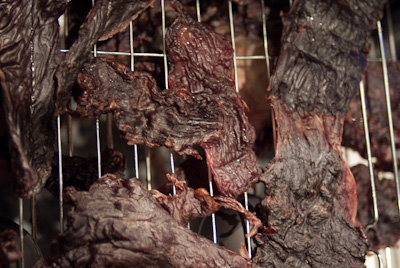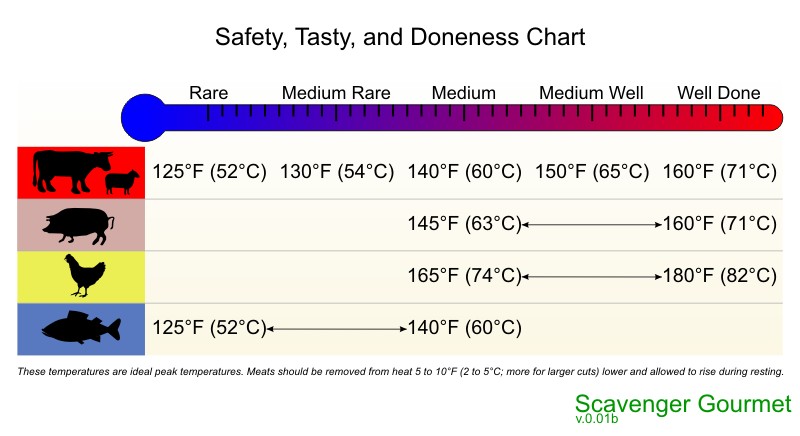This is Part 2 of THIS post.
When I last wrote on the topic, my meat drying was approximately 50% complete. The next afternoon the elk and a few honey-dates were nice and dry and ready for pulverizing!

Because of the underwhelming power and quality of my food processor, I decided that it would be prudent to cut up the larger strip into smaller pieces. This worked, but overall my food processor just didn’t cut it. 😉 It worked out in the end, but the texture ended up a little too coarse for my liking…although still very tasty. Continue reading “Pemmican – Part 2”

